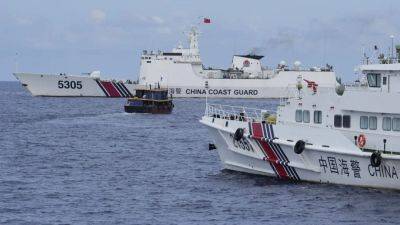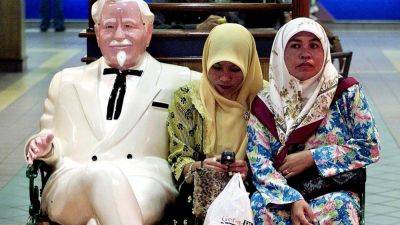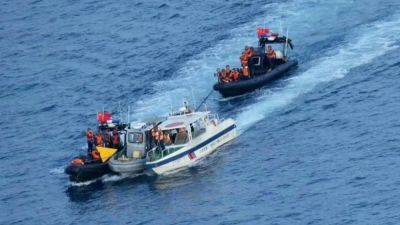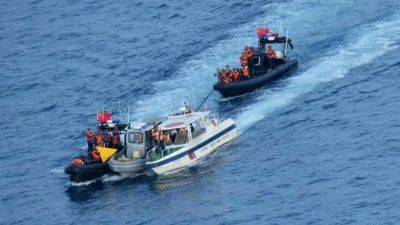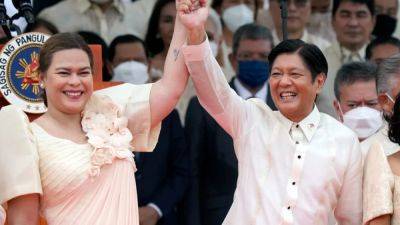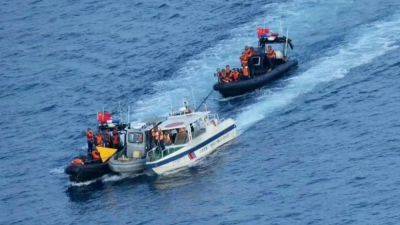The Philippine province caught in the cross hairs of US-China rivalry
Beijing sees Taiwan as part of China to be reunited by force if necessary. Most countries, including the US, do not recognise Taiwan as an independent state, but Washington is opposed to any attempt to take the self-governed island by force and is committed to supplying it with weapons.
Romeo Asuncion, Santa Ana’s planning and development officer, told This Week in Asia that foreign traders are vital for the town’s economic growth. He said foreign investors, who have operated in Santa Ana since 2010, accounted for about 8 million pesos (US$136,400) in annual gross income for the town.
“We don’t have any idea if they are spies but they came here as businessmen. They applied for permits at the Cagayan Economic Zone Authority,” Asuncion said of the Chinese traders.
Cagayan Governor Manuel Mamba, meanwhile, has opposed his province’s inclusion in the EDCA, citing the risk of the Philippines being dragged into a wider conflict with China.
Historically, a Chinese presence in the Philippines’ far north can be traced back to the days of Spanish rule, with many settling in the old religious centre of Nueva Segovia – a Catholic archdiocese originally centred on Lal-lo – according to Chester Cabalza, president of the Manila-based International Development and Security Cooperation think tank.
From Nueva Segovia, Chinese traders moved to the city of Vigan in the municipality of Ilocos Sur, which became another influential religious centre, Cabalza told This Week in Asia.
“The Dominicans, Franciscans, Belgian missionaries, and particularly the Jesuits, used Cagayan province as a back door to sail to China to evangelise the Chinese,” he said.
“During the civil war between the Chinese communists and nationalists, many Chinese from Fujian


